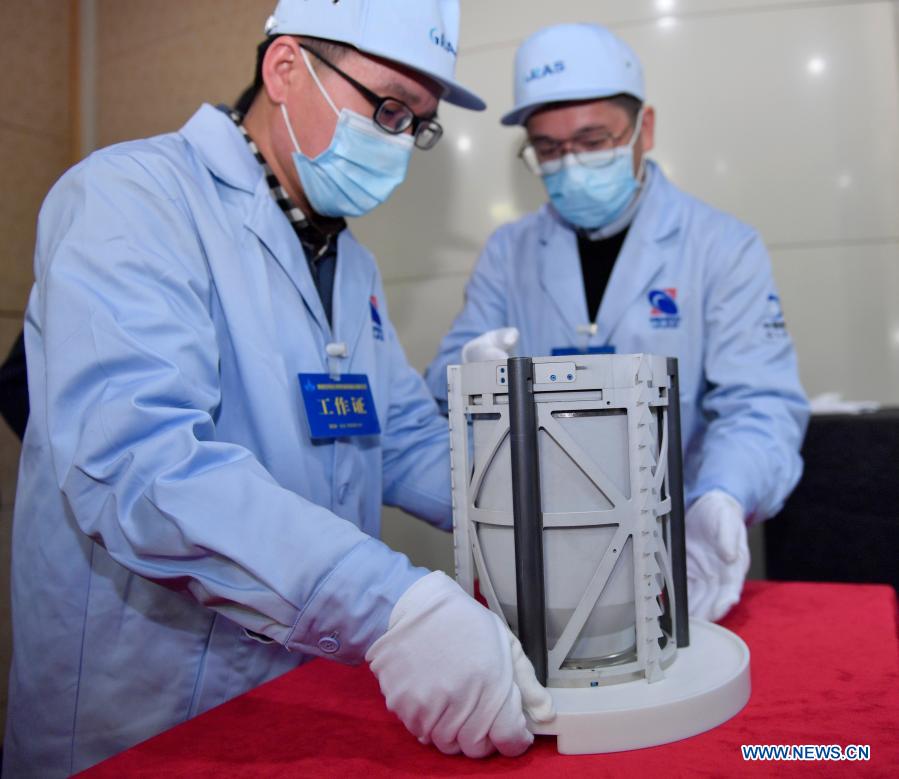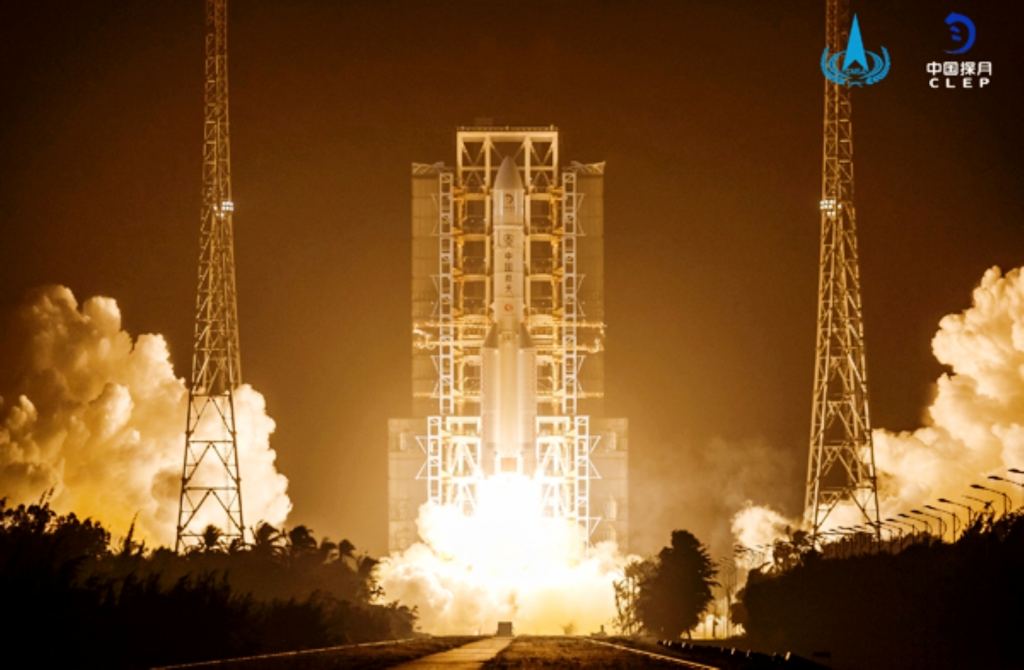China's Chang'e-5 lunar lander retrieved about 1.7 kilograms (3.81 pounds) of samples from the Moon, according to the China National Space Administration (CNSA). The Chang'e-5 sample return capsule landed in China's Inner Mongolia region on December 16, 2020, successfully capping a 23-day odyssey that brought back the first lunar rocks since 1976.
CNSA handed over Chang'e-5's samples to the lunar sample lab at the National Astronomical Observatories at the Chinese Academy of Sciences on December 19. Chinese scientists are currently performing detailed analyses of the samples.
In a press release, officials said they plan to share a portion of the lunar material with other countries for cooperative scientific research. CNSA said it would "release the relevant policies for the lunar samples retrieved by Chang'e-5 to coordinate and promote scientific research, encourage more scientists at home and abroad to participate, and strive to secure more scientific achievements."
Whether or not U.S. scientists will receive an allocation of samples will hinge on a change in U.S. policy restricting cooperation between NASA and China's space program. Read more about the debate in our previous article on the Chang’e-5 launch.
The mission made China the third country to successfully return samples from the Moon, after the United States and Russia. The last samples returned in 1976 came from the Soviet Union's robotic Luna 24 mission.
Chang'e-5 launched on November 24, 2020 and following a week's transit, the spacecraft's orbiter sent a lander down to the lunar surface on December 1st. The lander collected samples from the near side of the Moon in the Oceanus Procellarum, or Ocean of Storms, east of a volcanic plateau named Mons Rümker. The sample container could hold as much as two kilograms of rock and dirt.
Officials said the study of the lunar samples will help to expand the scientific understanding of the universe's formation and evolution, and that CNSA will also carry out public science popularization programs and cultural exchanges related to the mission.
The Chang'e-5 mission came after successful landings of Chinese spacecraft on the Moon in 2013 and 2019. Chang'e-4's landing in 2019 was the first soft touchdown of a spacecraft on the far side of the Moon.
China's next lunar mission, Chang'e-6, will attempt to return samples from the Moon's south pole region in 2023.
 Universe Today
Universe Today



